One of the core concepts that young children have to learn in mathematics is commutativity: understanding that 1+2 means the same as 2+1 (or a+b=b+a). Counting begins as a process in time, the process of ‘counting on’. Taking two fingers and adding one finger on to make three fingers is not the same process as taking one finger and adding two fingers on to make three fingers. To understand that these two processes are the same implies taking a perspective that is able to see at least two different time-based processes together at once.
The time perspective from which cummutativity makes sense is different from and larger than, the time perspective of 'counting on'. Moving from doing addition as procedural 'counting on' to understanding the concept of cummutativity is a change that occurs within time. But more than just being a change within time it is also a movement into time.
| Figure 2: Baruch Spinoza: 1632 - 1677 | Baruch Spinoza, the 17th Century Jewish-Dutch philosopher, referred to the aim and end point of intellectual development as being to experience everything ‘sub specie aeternitatis' or ‘in the light of eternity’. Our limited and often confused understanding, Spinoza argued, stems from experiencing things only from a perspective within time. To see things fully, with all their connections, causes and their consequences, is to see them, Spinoza claims, from a point of view outside of time: the perspective of eternity. |
| According to Van der Veer and Valsiner, Lev Vygotsky loved Spinoza more than any other philosopher (1991). I think we can see this in some of his theories about teaching and learning. Vygotsky famously wrote about a ‘Zone of Proximal Development’ or ZPD in which the teacher engaged with children drawing them from their initial limited understandings to more conceptual understanding. ‘ The key difference’ he writes, between children's thinking and proper conceptual thinking is ‘the presence or absence of a system. […] The relationship of the word “flower” to the object is completely different for the child who does not yet know the words rose, violet, or lily than it is for the child who does’. | Figure 3 :Lev Vygotsky: 1896 - 1934 |
Children begin with temporal and contextual experience, understanding addition only as counting forwards on the fingers of your hand for example, and they end up with a more abstract and general understanding such as that a+b=b+a regardless of context or of time. One implication of what Vygotsky is claiming about conceptual thought, following Spinoza, is that the role of the teacher is to help children move from experiencing things within time to understanding their meaning outside of time.
Spinoza was probably wrong, or at least misleading, in his claim that there is a perspective outside of time - the point of view of eternity. The fact is that we can only see things from within time and within contexts. That is just how thought works. But if he was wrong, he was wrong in an illuminating kind of a way that can help us to understand what education is really all about. The idea that we might one day see things ‘sub specie aeternitatis’ occurs to Spinoza only because there is a direction of travel in education from being trapped within a narrow time perspective to having a bigger time perspective - an expanding time perspective from which we can look back and compare different moments of time with each other in order to make meaning out of our experience. That there can be a movement into time as well as a movement in time is the essence of education. This simple idea is summed up by the well known quotation: ‘Those who cannot remember the past are condemned to repeat it’ (Santayana 1905).
One way to re-interpret Vygotsky's ZPD is not that the teacher leads the child from a perspective within time to a perspective outside of time but that the teacher leads the child from seeing things only within one time context, that of the physical present, to being able to see the same things also from the point of view of other time contexts. Science does not provide us with timeless truths – no more than does religion or art - science is an ongoing fallible dialogue about the truth of things, a dialogue between real people in real contexts. However, the time and the space of the cultural dialogue of science is very different from the time and space of talk in a classroom. The time-space of the dialogue of science extends over thousands of years and is global in reach. The role of the science teacher in the classroom is to weave together the very large time-space perspective of science with the smaller and narrower time-space perspective of a face to face dialogue with a child in a classroom. It is one thing to observe a feather and a metal ball fall at the same rate in a vacuum chamber (in a You Tube video perhaps); it is quite another thing to derive from this an understanding of the concept of gravity. Knowledge arises in science as the answer to questions that are asked within a dialogue. For a child to acquire conceptual understanding they need first to be a participant in the long-term dialogue of science. This means to link the time-space of the classroom to the time-space of Gallileo dropping different objects from the leaning tower of Pisa and also to link this to the time-space of current experiments in the CERN collider that might determine our future understanding of gravity (https://home.cern/news/news/experiments/new-antimatter-gravity-experiments-begin-cern).
Vygotsky sometimes seems to present education as a one way ladder leading the child away from false ‘participatory’ concepts embedded in time and replacing these with a true understanding derived from a conceptual system that is essentially atemporal or outside of time. The great danger of formal education on this one-way model, a danger articulated by Paulo Freire, Ivan Illich and many others, is that it can disempower children by removing their truth – the truth of their experience in the present moment – and replacing it with someone else's truth, a truth which leaves them feeling inadequate and unhappy. Recent concern about the mental health consequences of pressuring children to do well in examinations perhaps illustrates what can go wrong with a one-way view of education (https://www.theguardian.com/society/2018/dec/27/exam-stress-creating-troubled-generation-ex-civil-service-chief-gus-odonnell). But the ideal of education as a journey into time is about children finding more meaning in their present moments and not less. Michael Oakeshott, for example, wrote of education as giving children their birthright inheritance of culture so that they could become more fully human . Without education, for Oakeshott, we are just like animals, physical bodies trapped in physical time and space - with education we become cultural beings participating in an shared cultural time and space, the unbounded time and space context that Oakeshott referred to as ‘the conversation of mankind’, a continuing conversation that he claimed began in 'the primeval rainforests' (http://www.rupertwegerif.name/blog/oakeshott-on-education-as-conversation).
I like the story of Jacob’s ladder (Figure 4) because it describes angels not only going up the ladder from Earth to Heaven but also angels coming down from Heaven to Earth. At times Vygotsky mistakenly seems to suggest that education is about replacing understanding that arises from full-hearted participation in the present moment with understanding conceptualised in a very dry rationalist sort of way as locating (subsuming) events within an abstract logical system. But at other times he presents the Zone of Proximal Development as a genuine two-way dialogue in which the teacher has to take on the child's perspective in order to engage with it and so to draw the child into participation in the long-term dialogue of culture.
Education does not need to be about taking meaning away from the present moment. It is not just about angels going up to Heaven. It can be and ought to be just as much about the angels coming down the ladder from Heaven to inform the present moment with greater meaning. Bakhtin, for many the key philosopher of dialogism, used the term ‘chronotope’ for the inextricable combination of space and time in experience. He described how the chronotope (time-space) of readers was brought into a dialogic relationship with the chronotope (time-space) of texts. A dialogic relationship is a two way relationship in which there can be mutual understanding arising from an inter-illumination of perspectives. Bakhtin’s ideal of education is of a journey from the chronotope of ‘Small Time’, the short-term everyday concerns in which we 'fuss about', as he put it, to what he called ‘Great Time’, the unbounded dialogic space in which all cultures and all times are able to communicate together. This vision of education as a journey into time is not about leaving behind our participation in the present moment - it is about expanding and deepening that participation. Bakhtin, for example, described how his appreciation of his own times, the time of the Russian revolution and its aftermath, was enhanced and enriched through his reading of texts from ancient Greece (Bakhtin 2010, introduction).
The teacher's role in education is not to replace one timescale with another, the living present of a child's experience with the dead eternal ‘truth’ of a formula or a text-book. It is to weave together two different time-scales, the short-term time-scale of a face to face dialogue in a classroom with the much longer term time-scale of the dialogue of humanity - or what Oakeshott called 'the conversation of mankind'. As in the picture of Jacob's ladder, the angels of education travel both ways. The angels climbing up refresh the long term dialogues of culture with renewed participation, whilst the angels climbing down enrich and expand the present moment, providing the insight and the wisdom that comes from experiencing everything in the light of larger perspectives and longer timescales.
Bibliography
Bakhtin, M. M. (2010). Speech genres and other late essays. University of Texas Press.
De Spinoza, B. (2001). Ethics. Wordsworth Editions.
Freire, P. (2018). Pedagogy of the oppressed. Bloomsbury Publishing USA.
Guardian (2018) Exam stress creating 'troubled generation', says ex-civil service chief. (https://www.theguardian.com/society/2018/dec/27/exam-stress-creating-troubled-generation-ex-civil-service-chief-gus-odonnell)
Illich, I. (1973). Deschooling society (p. 46). Harmondsworth, Middlesex.
Lemke, J. L. (2000). Across the scales of time: Artifacts, activities, and meanings in ecosocial systems. Mind, culture, and activity, 7(4), 273-290.
Mercer, N. (2008). The seeds of time: Why classroom dialogue needs a temporal analysis. The Journal of the Learning Sciences, 17(1), 33-59.
Oakeshott, M., & Fuller, T. (1989). The voice of liberal learning(p. 16). Indianapolis: Liberty Fund.
Santayana . G. (1905/2005) The life of reason. https://www.gutenberg.org/files/15000/15000-h/15000-h.htm
Van der Veer, R., & Valsiner, J. (1991). Understanding Vygotsky: A quest for synthesis. Blackwell Publishing.
Vygotsky, L. S. (1986). Thought and language (rev. ed.). Cambridge. See also: https://www.marxists.org/archive/vygotsky/works/words/
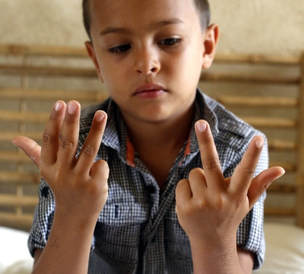
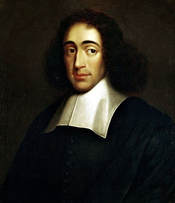
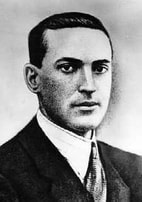
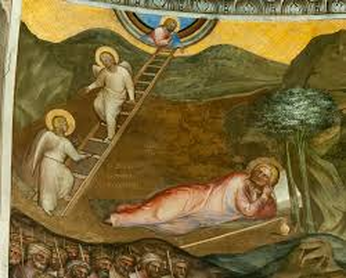
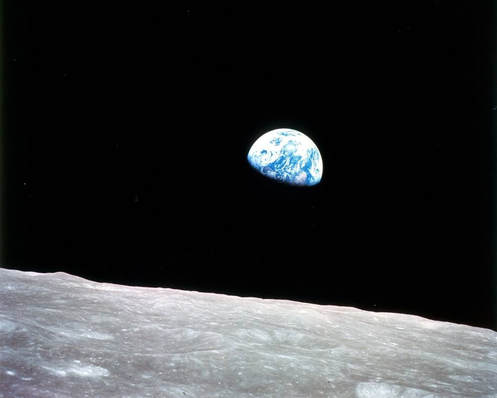

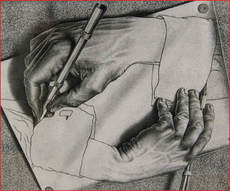
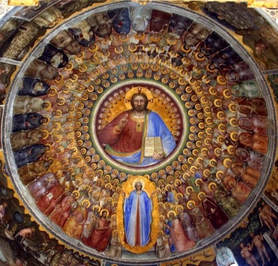
 RSS Feed
RSS Feed